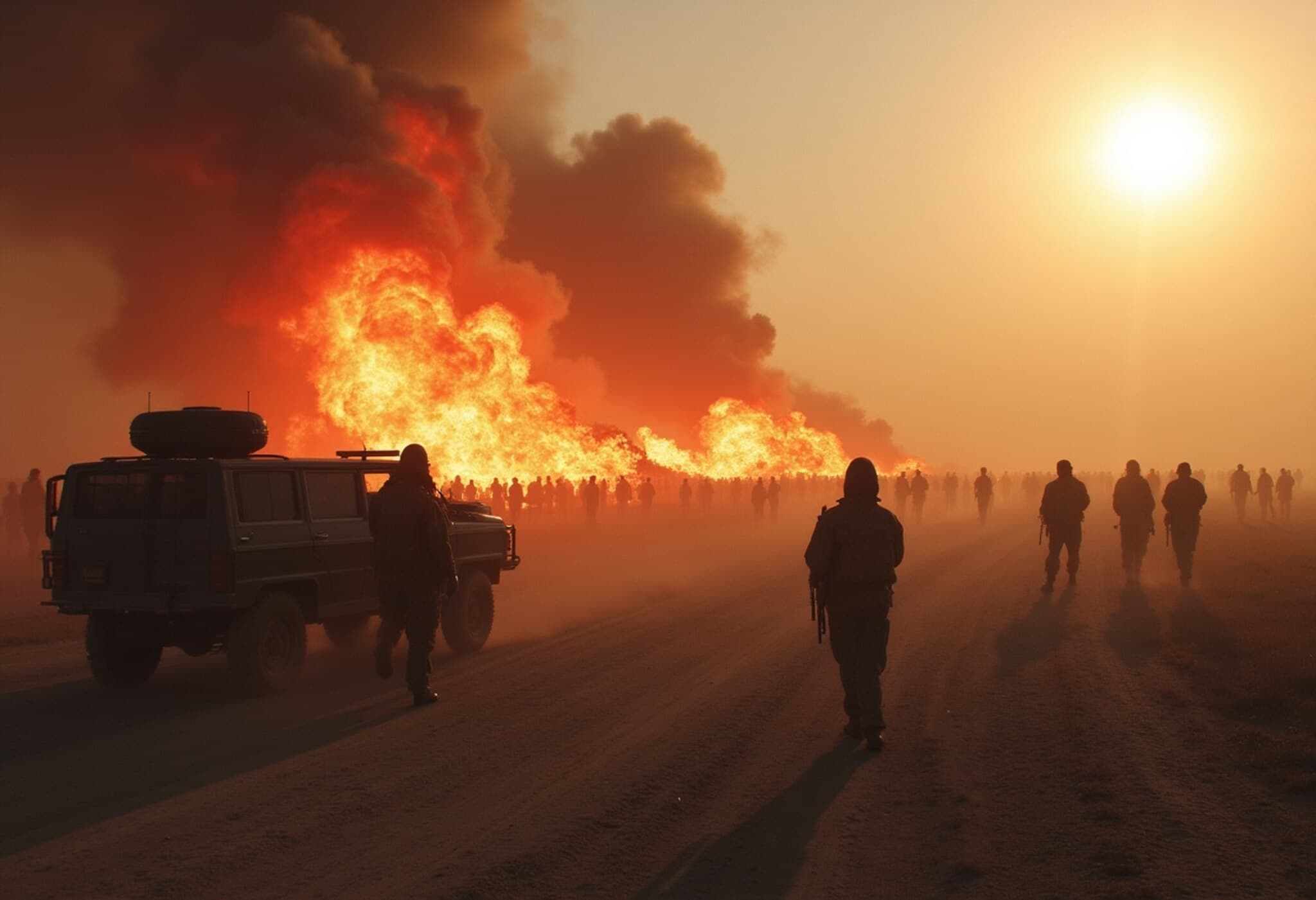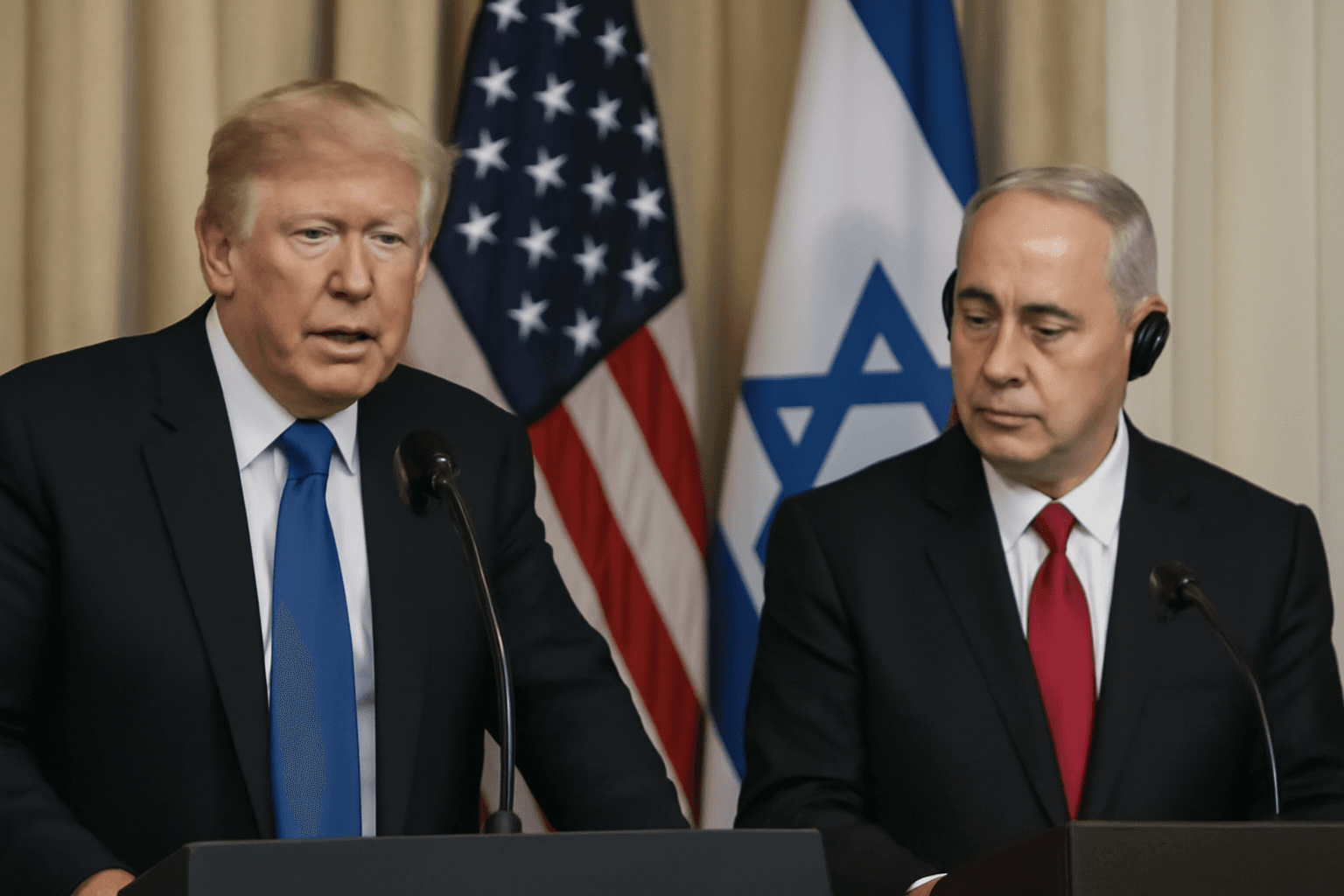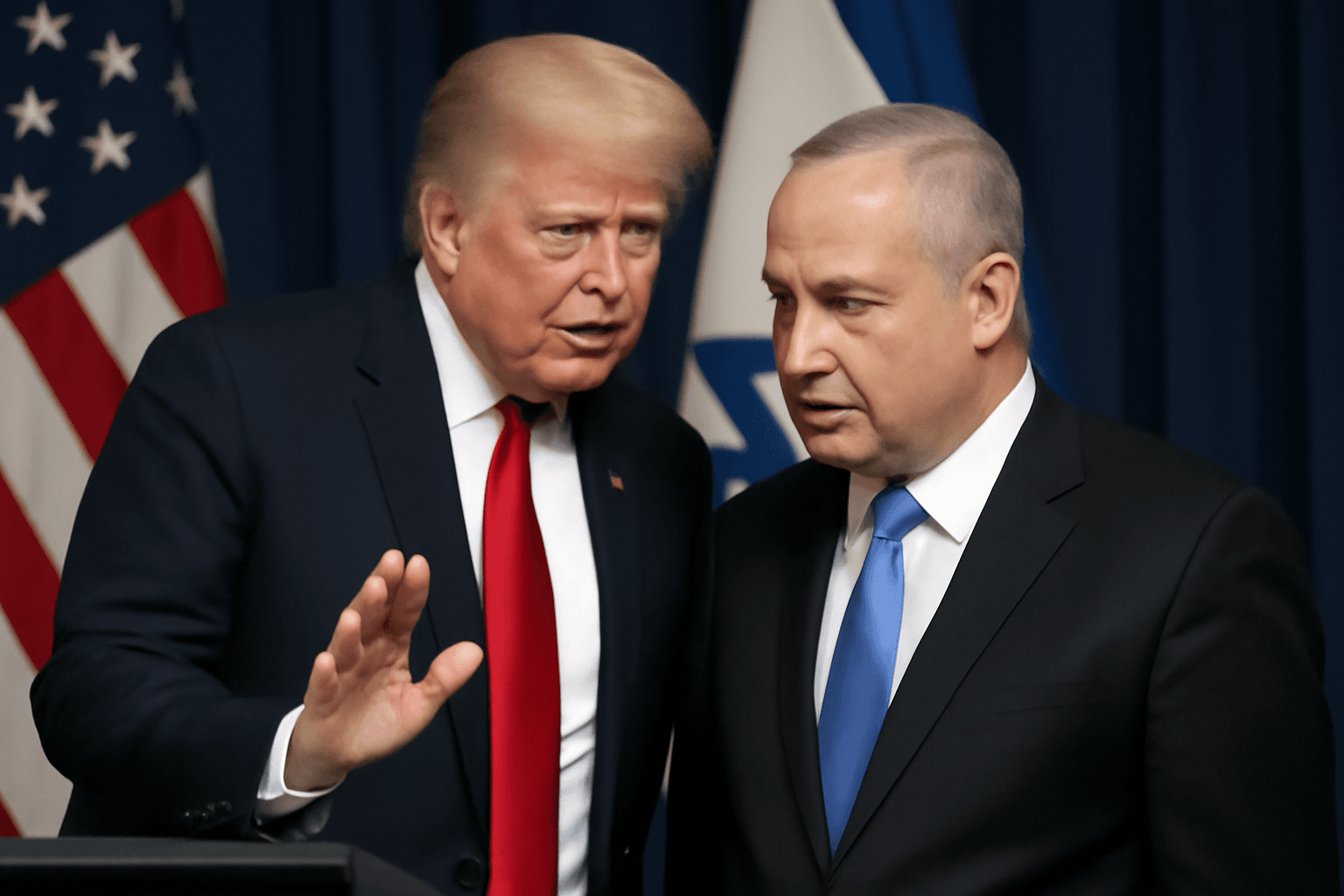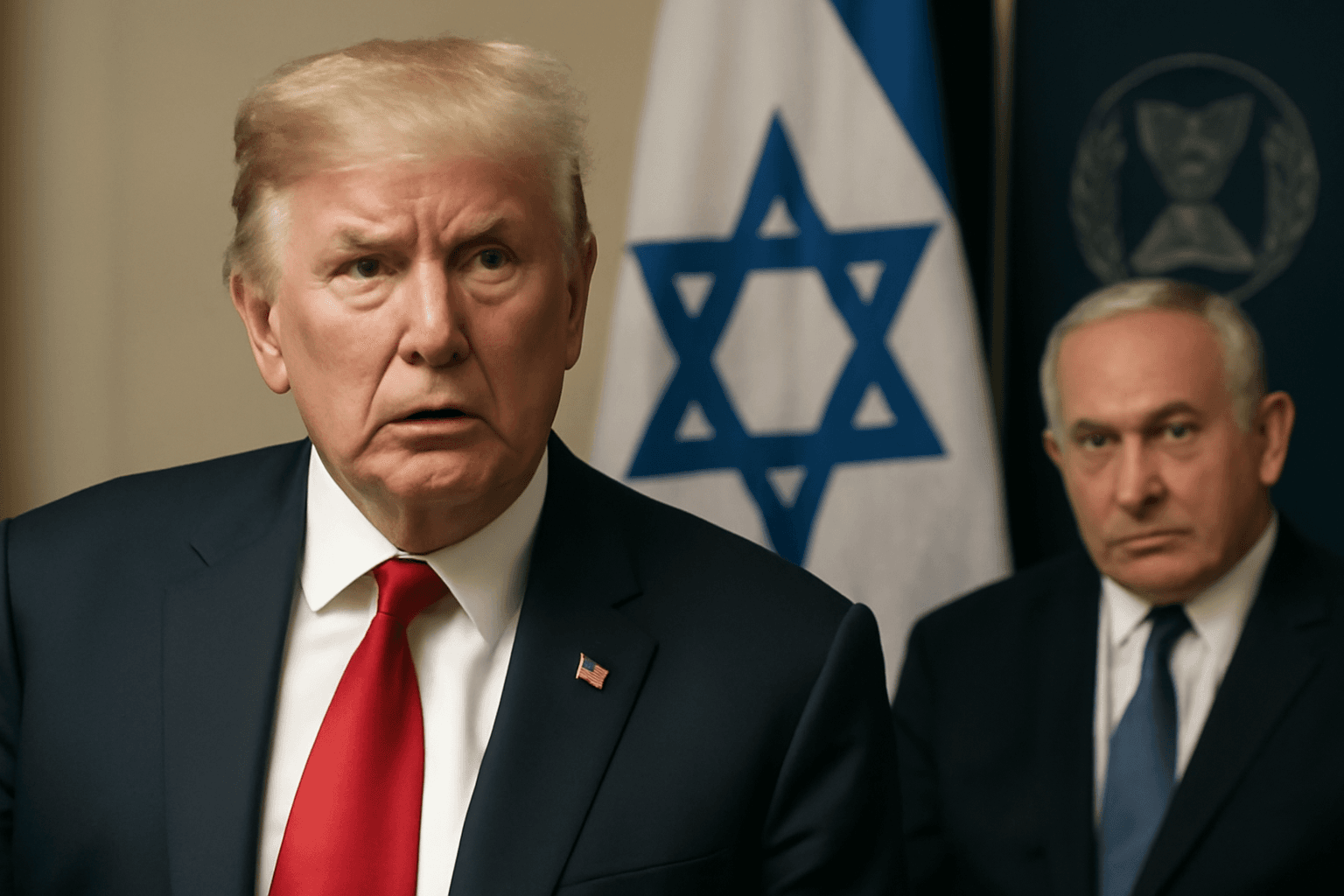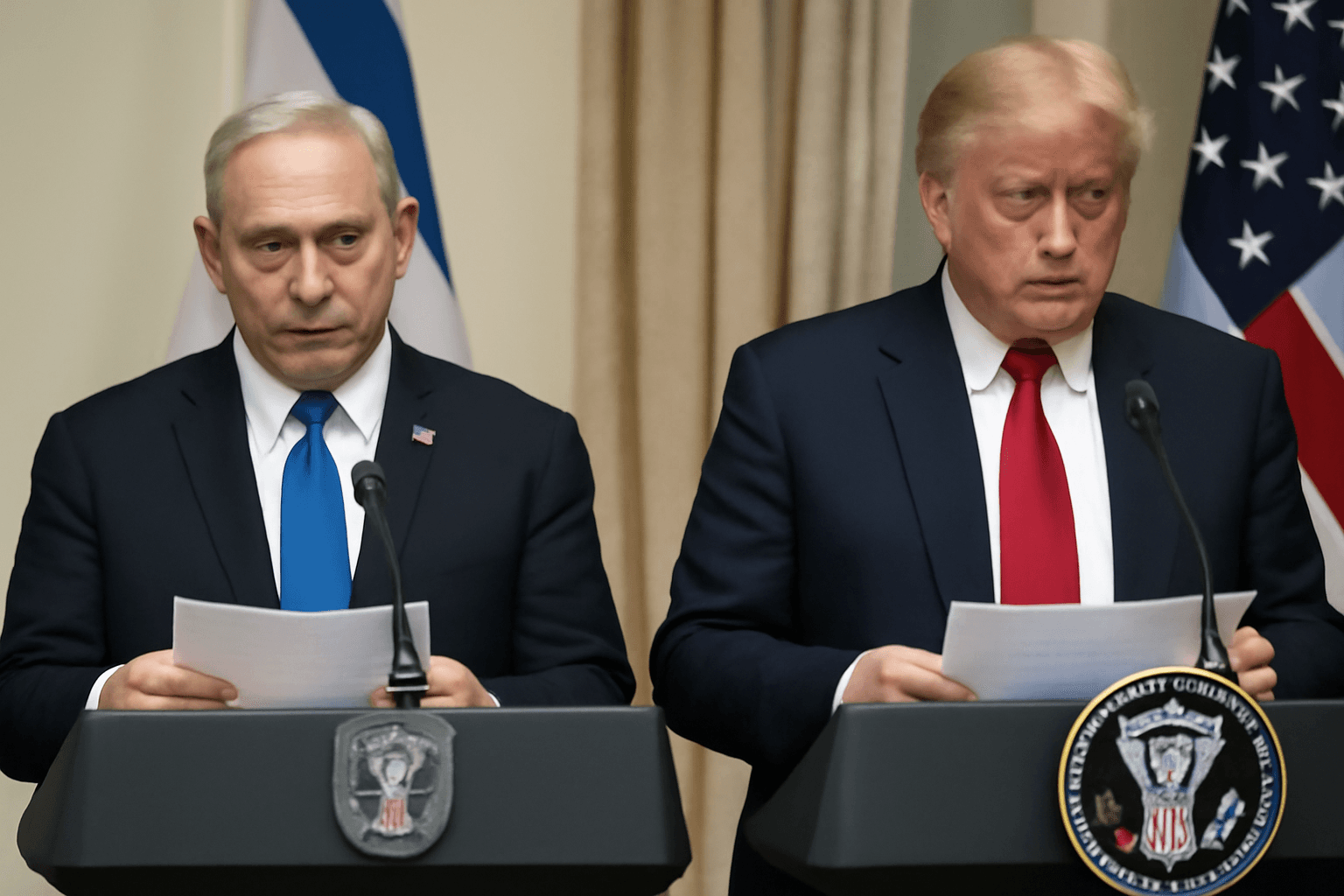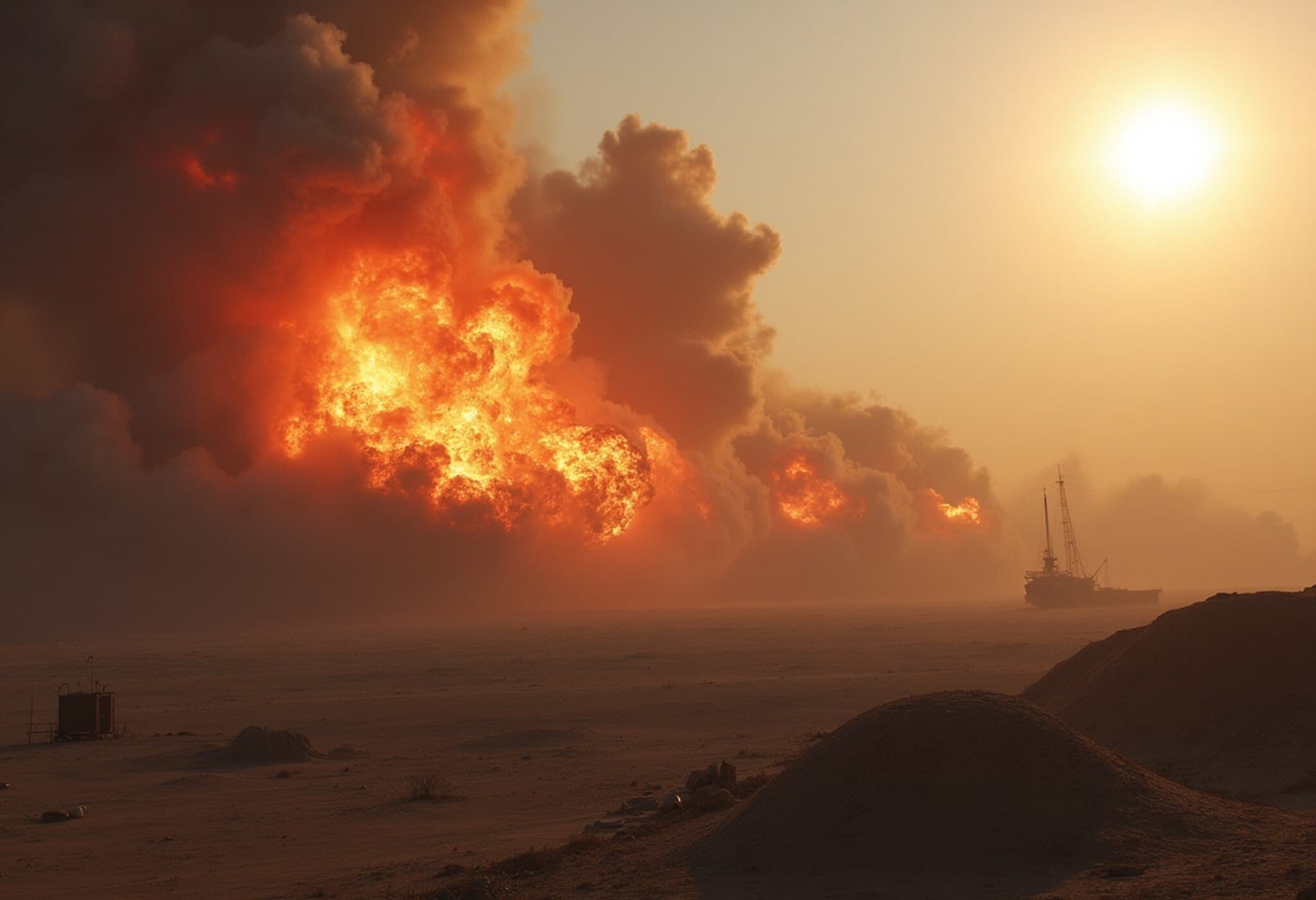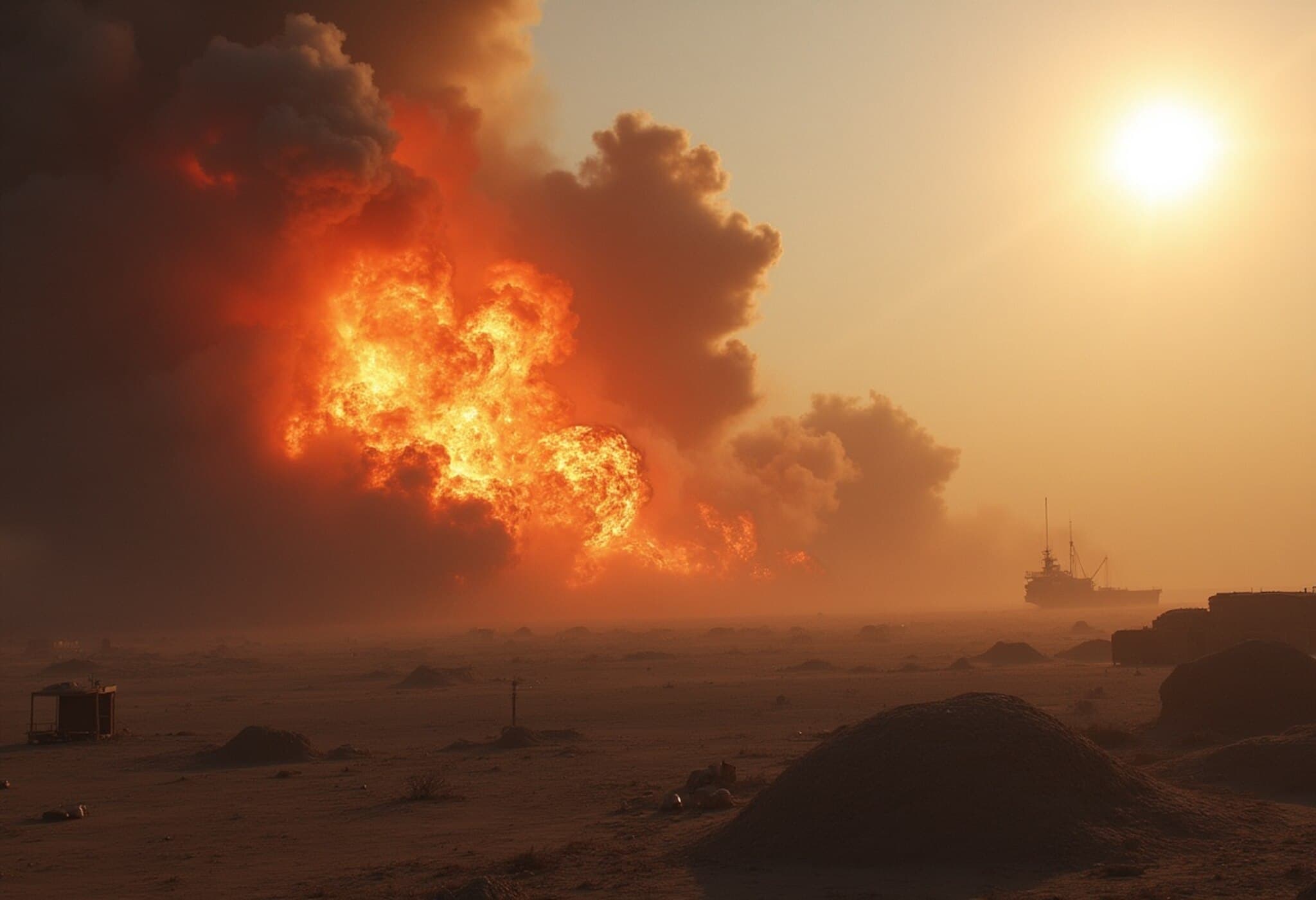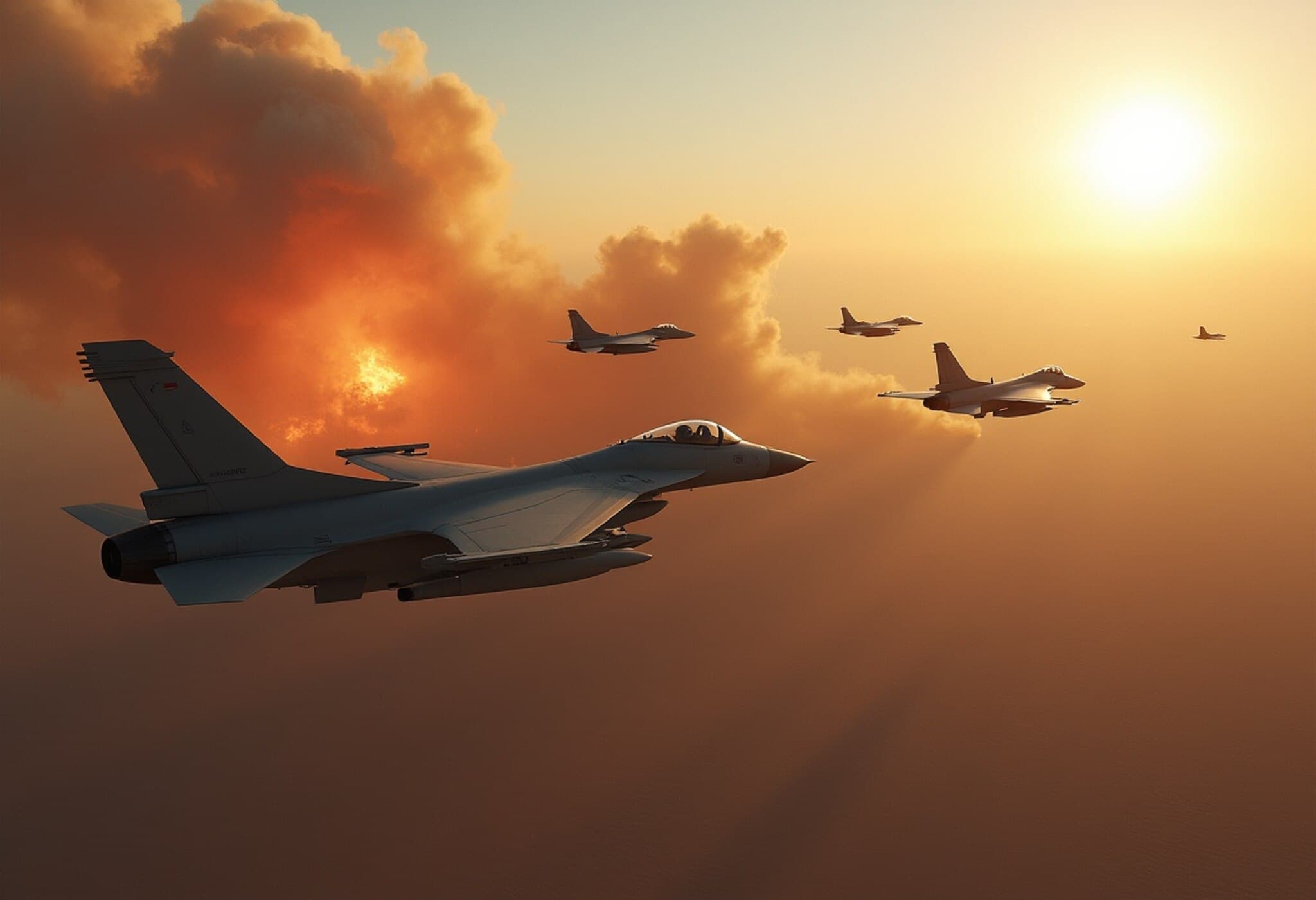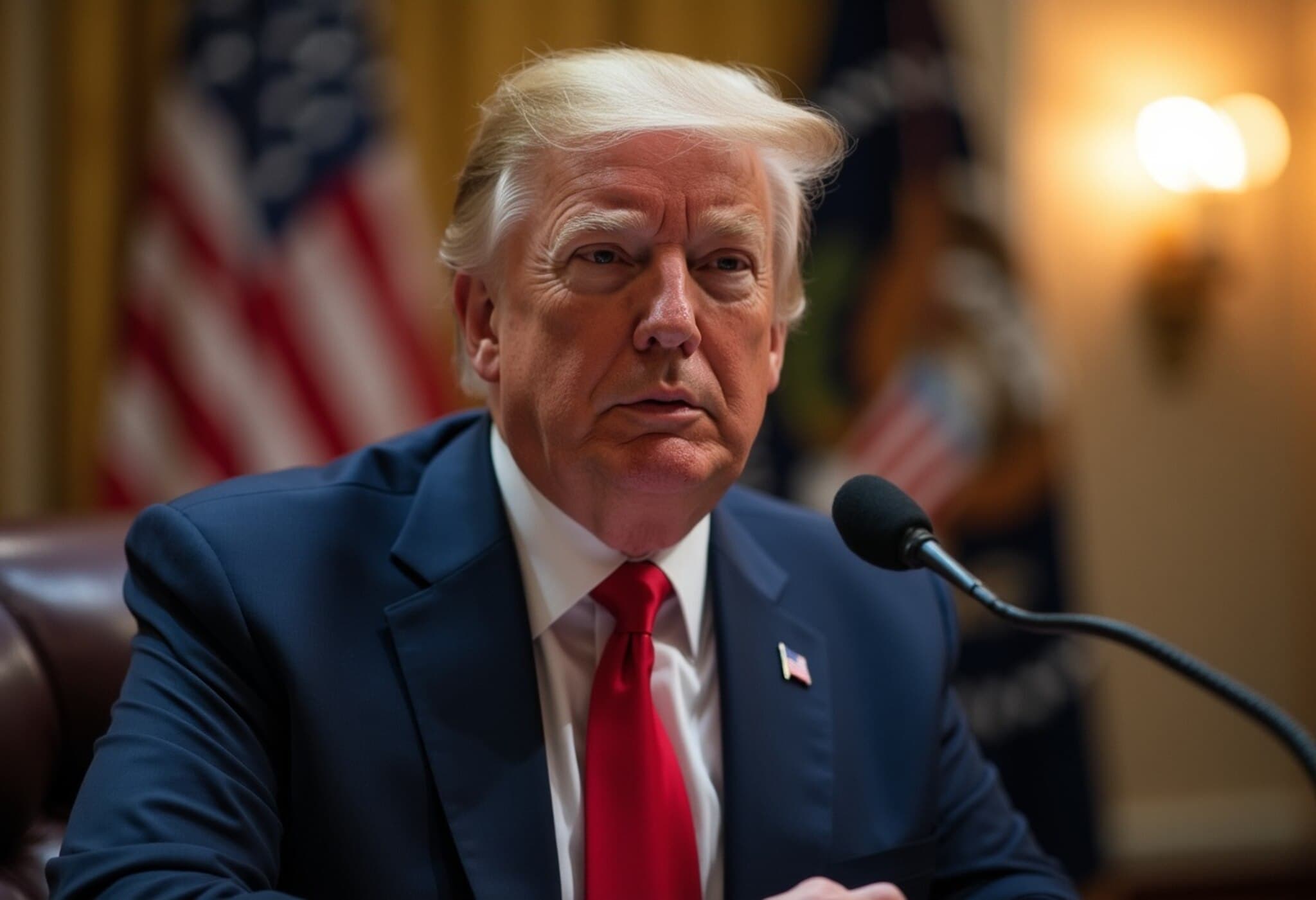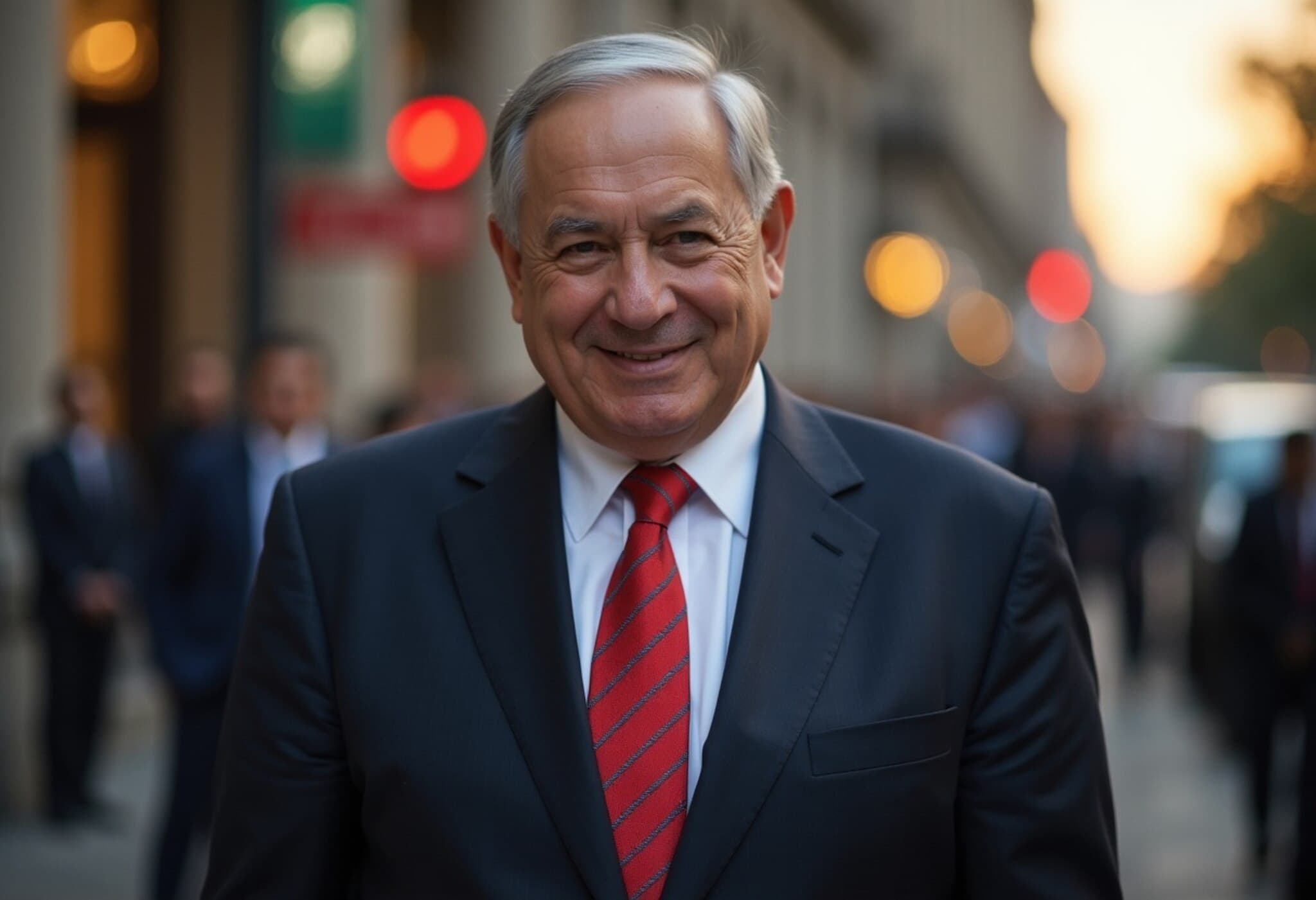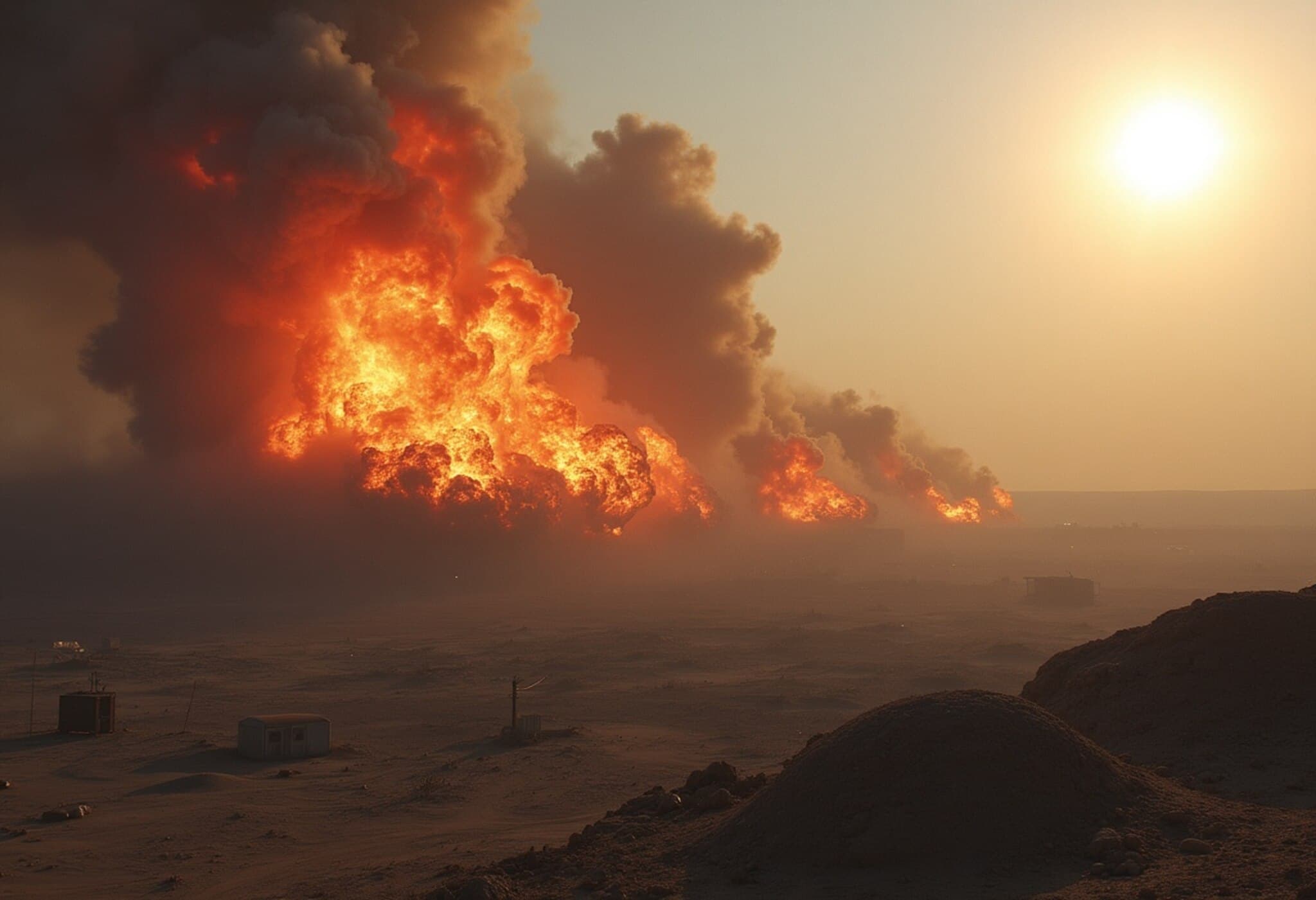Ceasefire Brings Tentative End to 12-Day Israel-Iran Clash
The recent 12-day confrontation between Israel and Iran in the Middle East has finally come to a halt, offering a sigh of relief to global observers wary of the conflict escalating beyond the region. The dispute intensified notably when the United States launched Operation Midnight Hammer, targeting three Iranian nuclear sites with strategic airstrikes.
As tensions soared, Iran fired missiles into Israeli cities just minutes before the ceasefire took effect—a bold yet ultimately final gesture in this round of hostilities.
Three Players, Three Narratives: Who Emerged Victorious?
In an intriguing outcome, all three principal actors—the US, Israel, and Iran—are now positioned to claim some form of victory, each crafting a narrative aimed at domestic audiences and international observers alike.
The United States: Showcasing Military Might and Diplomatic Poise
The US, initially advocating for diplomacy, switched gears dramatically with a precise bombing campaign that severely damaged key Iranian nuclear facilities. The President labeled Iran as the "bully of the Middle East," underscoring that the nuclear sites were ‘‘completely and totally obliterated,’’ although official assessments described the damage as "extremely severe." Importantly, no American personnel were harmed throughout the episode.
When Iran retaliated by striking the large US Al Udeid Air Base in Qatar, Washington notably refrained from escalating, partly due to an advance warning Iran provided—which minimized casualties and damage. This restraint allowed the US to pivot toward a peacemaker role, projecting strength while avoiding a prolonged conflict.
Israel: Cementing Regional Dominance and Strengthening Alliances
Before the US intervention, Israeli forces had already secured air superiority by targeting Iranian nuclear and military sites and neutralizing key figures within Iran's Islamic Revolutionary Guard Corps. The elimination of high-ranking officers like Brigadier Generals Ali Shadmani, Mohammad Kazemi, and Hassan Mohaqe struck a significant blow to Iran's military leadership.
Most notably, Israel benefited politically and militarily from the US joining the fray, signaling unified opposition to Tehran. This alignment enhanced Israel’s global standing and bolstered Prime Minister Benjamin Netanyahu’s domestic position ahead of upcoming elections.
Iran: Showing Defiance While Carefully Navigating Escalation
Faced with overwhelming opposition, Iran sought to demonstrate resilience without triggering a full-scale war. Directed from within secure locations, Iranian leadership ordered contained retaliatory strikes, notably targeting the US base in Qatar—a strategic hit reflecting both a message of strength and restraint.
By issuing a pre-strike warning, Iran ensured minimal casualties and avoided provoking a harsh US response. Iran's missile attacks against Israel continued up until the ceasefire but caused no reported fatalities, allowing Tehran to claim standing firm against the world’s most powerful adversary.
Fragile Peace: What Lies Ahead?
While the ceasefire curbs immediate hostilities and alleviates fears of a regional conflict spiraling into global war, the situation remains precarious. Tehran disputes claims that its nuclear capabilities were critically damaged, and uncertainties persist over its uranium stockpile. Moreover, the conflict has arguably provided Iran with renewed motivation to advance its nuclear program.
Ultimately, despite the military posturing and declarations of victory, true and lasting peace will depend on successful diplomacy and meaningful negotiation among the involved parties.

